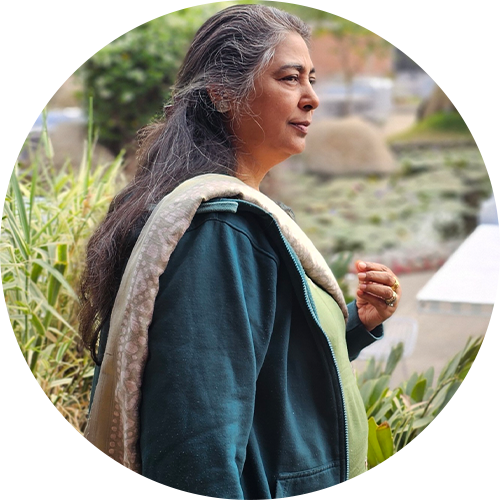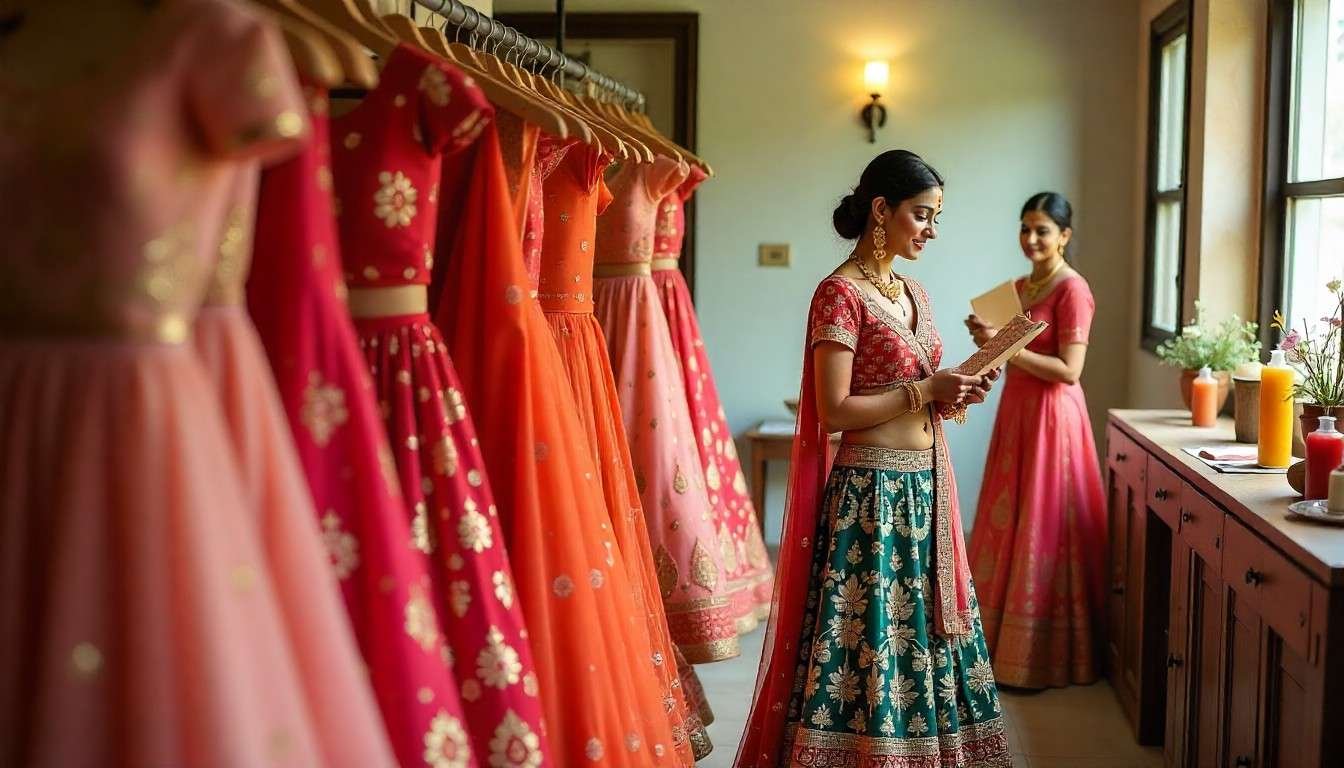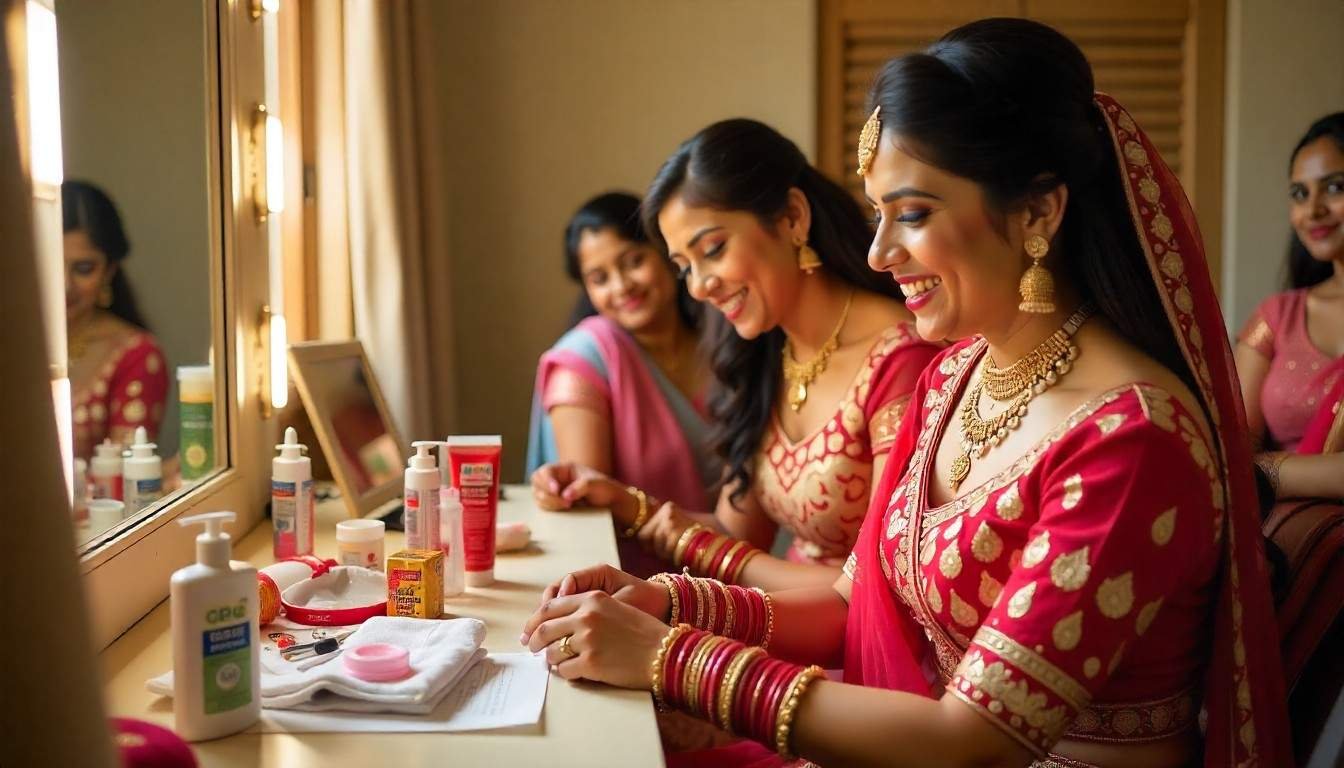Chaniya cholis, the vibrant garments of Gujarat, encapsulate the rich tapestry of the region’s culture and traditions. Worn during lively festivals and celebrations, these stunning outfits reflect the artistry and heritage of local artisans. Explore how this iconic attire narrates stories of history, community, and identity, and discover its enduring significance in the hearts of the Gujarati people. Dive deeper into the enchanting world of chaniya cholis!

Origins of Chaniya Cholis
Chaniya Cholis are a vibrant symbol of Gujarat’s cultural heritage, originating from its rich folk traditions. Traditionally worn during festive occasions, especially the Navratri festival, these outfits consist of a colorful chaniya (skirt) and a choli (blouse). The intricate embroidery and mirror work reflect the region’s craftsmanship. Rooted in rural customs, the attire celebrates femininity and community spirit, often seen in lively Garba dances. Over time, Chaniya Cholis have evolved, embracing contemporary styles while honoring their historical significance, making them an enduring emblem of Gujarati identity and artistry.

The Influence of Gujarati Festivals
Gujarati festivals, rich in color and vibrancy, reflect the state’s deep-rooted traditions and cultural heritage. Events like Navratri celebrate the revered goddess Durga, inspiring women to don traditional Chaniya Cholis. These intricately designed skirt-blouse ensembles embody the spirit of celebration, characterized by mirror work and vibrant fabrics. The lively garba and dandiya dances, integral to these festivals, highlight community bonds and showcase the elegance of Chaniya Cholis. Together, the festivals and attire weave a beautiful tapestry of Gujarat’s history, uniting its people in joy and cultural pride.

Evolution of Chaniya Choli Designs
The Chaniya Choli, a vibrant staple of Gujarat, has evolved significantly over centuries. Originating as a folk costume for women during festivals, its designs reflect the rich cultural tapestry of the region. Traditionally adorned with intricate mirror work and vibrant embroidery, each piece tells a story of Gujarat’s heritage. In contemporary fashion, Chaniya Cholis embrace modern silhouettes and fabrics while maintaining their essence. This blend of tradition and innovation not only honors the past but also showcases the dynamic spirit of Gujarati artistry, making it a beloved outfit for celebrations and daily wear alike.
Traditional Embroidery Techniques
Traditional embroidery techniques, especially in Gujarat, showcase the rich history of Chaniya Cholis, vibrant garments adorned with intricate designs. These textiles reflect centuries of culture, where each stitch tells a story of artistry and heritage. Techniques like mirror work and kantha stitching are not just decorative; they embody the spirit of local communities. Made for festivals and celebrations, Chaniya Cholis celebrate femininity and craftsmanship, tying together the past and present. Each piece is a testament to the skill and passion of artisans, keeping traditions alive in contemporary fashion.
The Role of Colors in Chaniya Cholis
Chaniya cholis, vibrant traditional attire of Gujarat, beautifully blend rich history and cultural significance. The use of colors in these garments is deeply symbolic; bright reds symbolize love, yellows warmth, and greens vitality. Each hue reflects regional festivities, enhancing the celebratory spirit of Garba and Navratri. Historically, these outfits showcase intricate embroidery and mirror work, representing the artistic heritage of Gujarat. Together, the colors and craftsmanship tell stories of community and tradition, making each chaniya choli not just clothing, but a vibrant expression of Gujarat’s cultural identity.
Chaniya Cholis in Contemporary Fashion
Chaniya cholis, vibrant traditional attire from Gujarat, beautifully blend heritage with contemporary fashion. Initially worn during festivals and dances like Garba, these outfits showcase intricate embroidery and mirror work, symbolizing the rich cultural tapestry of the region. Today, designers reinvent chaniya cholis for modern wardrobes, fusing traditional fabrics with contemporary cuts, making them popular for celebrations and weddings. This evolution not only honors their historical essence but also allows a new generation to embrace and express their cultural identity through stylish interpretations, ensuring that the spirit of Gujarat’s artistry remains alive and relevant.
Conclusion
In summary, Chaniya Cholis are more than just traditional attire in Gujarat; they embody the rich cultural heritage and vibrant spirit of the region. Worn during festivals and celebrations, they tell stories of art, craftsmanship, and identity. To celebrate this timeless tradition with a contemporary twist, explore the exquisite collections at Fashion Autograph, where heritage meets modern design.





